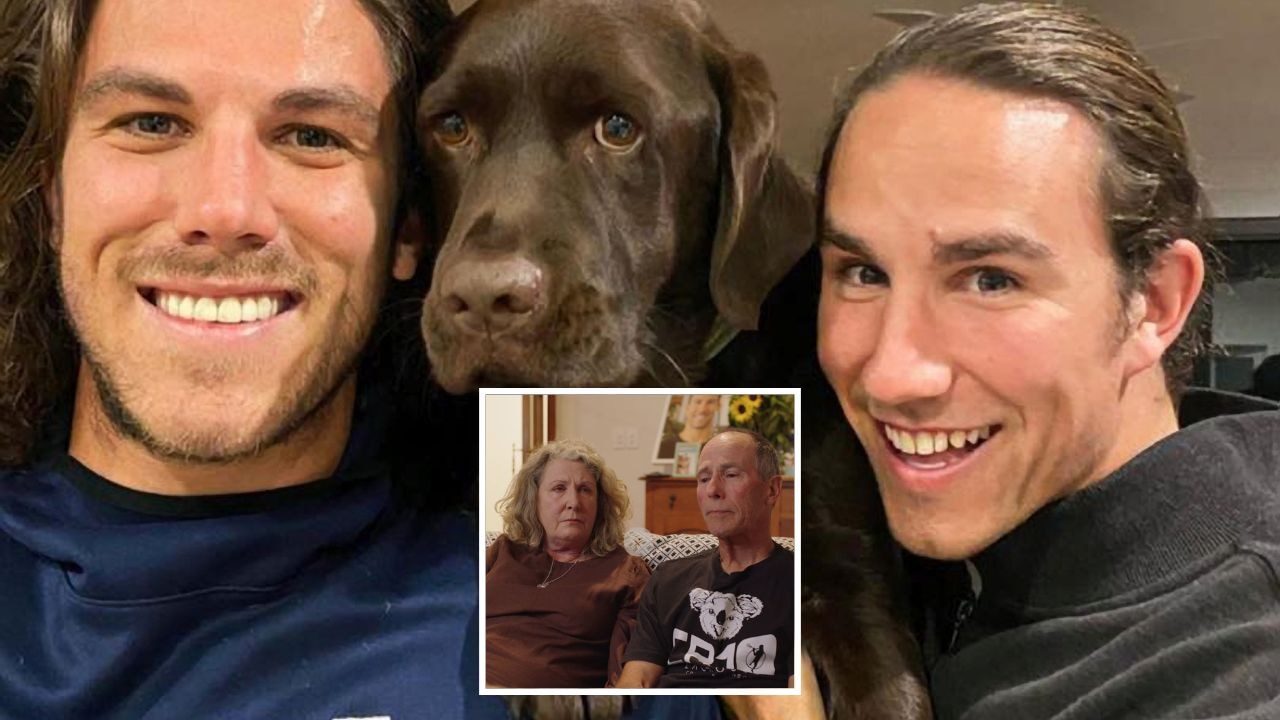Tragic truth hidden inside this seemingly ordinary public phone in Melbourne’s inner-city
This stock-standard public phone in Melbourne’s inner-north hides a dark secret that shows these symbols of yesteryear are far from obsolete.
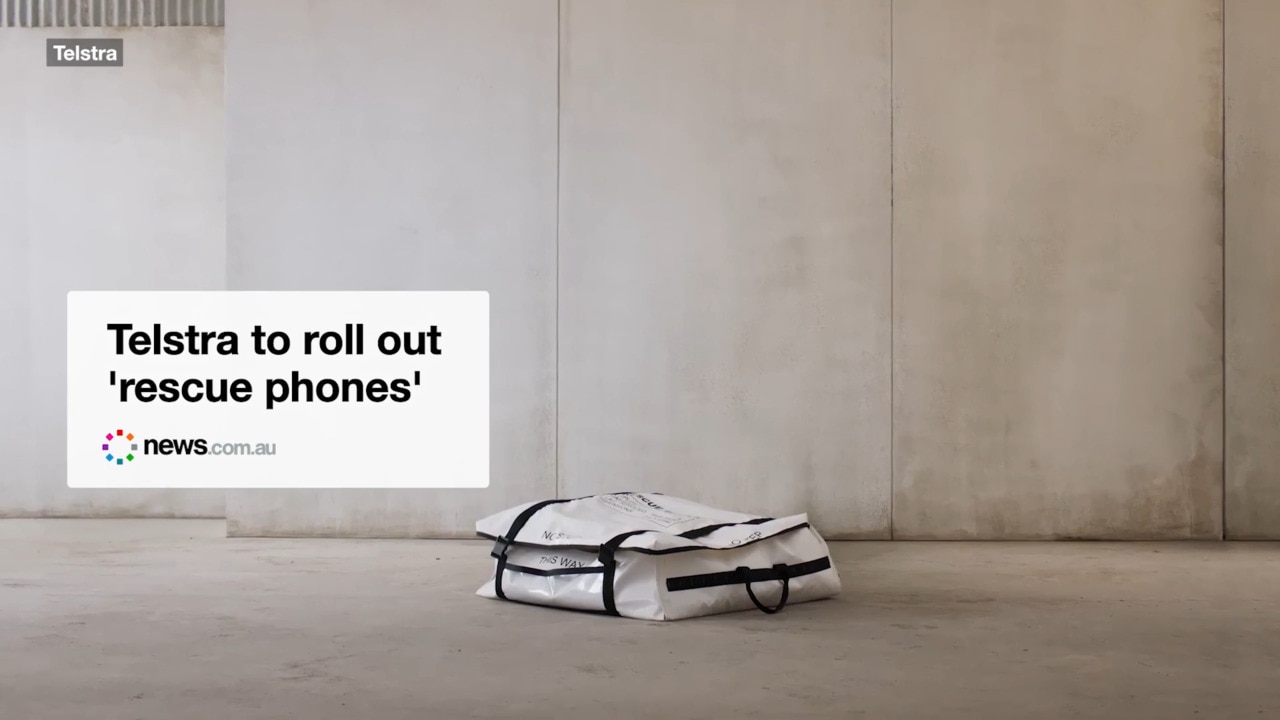
Lifestyle
Don't miss out on the headlines from Lifestyle. Followed categories will be added to My News.
Perched outside a fish and chip shop, across from a hair salon and overlooking the remnants of a long-since-relocated tyre service centre, a public phone looks like any other you’d find in the inner-city.
There’s the angular shape of the box, a bright orange glowing top emblazoned with the instantly recognisable Telstra logo, and a few tags etched into the walls courtesy of a bored local youth.
But this one on Melville Road in Melbourne’s Brunswick West has a secret that’s been untold until now.
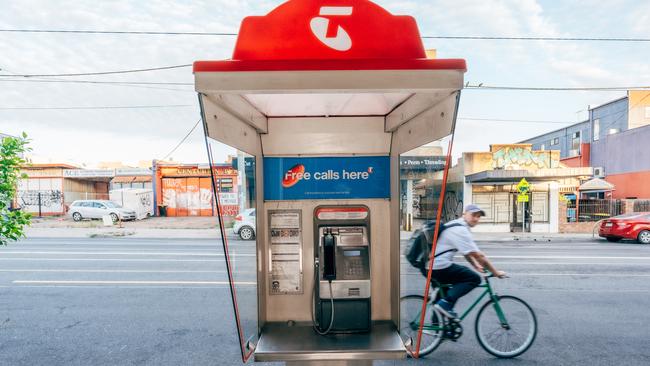
Every single day, on average, someone in the depths of despair and battling a whole host of dark demons will find their way to this phone and make a desperate call for help.
Since Telstra made ‘pay’ phones free back in mid-2021, this particular one has facilitated more than 1300 calls to mental health support service Lifeline – the most of any in the country.
Colin Seery, the organisation’s chief executive, said public phones play a crucial role in connecting distressed Australians with support when they need it the most.
“Public phones remain a vital safety net for Aussies in crisis,” Mr Seery said.
“For some, they’re the safest or only way to reach out for help, especially if they don’t have access to a mobile or feel more comfortable calling from a public space.”
Across Australia, some 14,000 calls to Lifeline last year were made from public phones.
“That’s over 1,000 people a month using them to reach out for support when they are most vulnerable,” Mr Seery said.
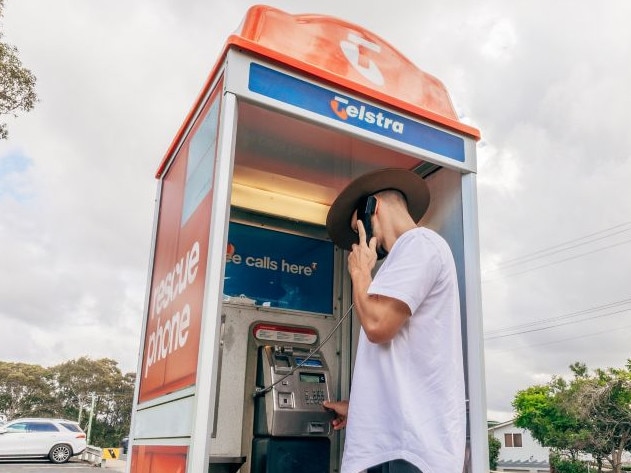
Why does this one connect so many? It’s hard to say definitively, but the area’s lower socio-economic status, higher population of young residents, public housing stock, and urban density likely contribute.
On top of the calls to Lifeline, the phone is also regularly used to contact other emergency and crisis support lines, highlighting its significance as a community connection point.
Now, it’s one of three Telstra public phones being put forward for heritage listing consideration by the National Truth of Australia.
Historian, academic and heritage consultant Naomi Parry Duncan is working with the telecommunications giant on its submission.
“I’ve done listings on everyone from significant buildings to the film set from Skippy the Bush Kangaroo,” Dr Parry Duncan said.
“Public phones are a really critical element of our culture and society. In this era when many are dependent on smart phones, they might get a bit forgotten, but not everyone has a smartphone, or they can’t use one.
“The public phone remains crucial for connecting people, and often connecting them in times of need, and across great distances.”
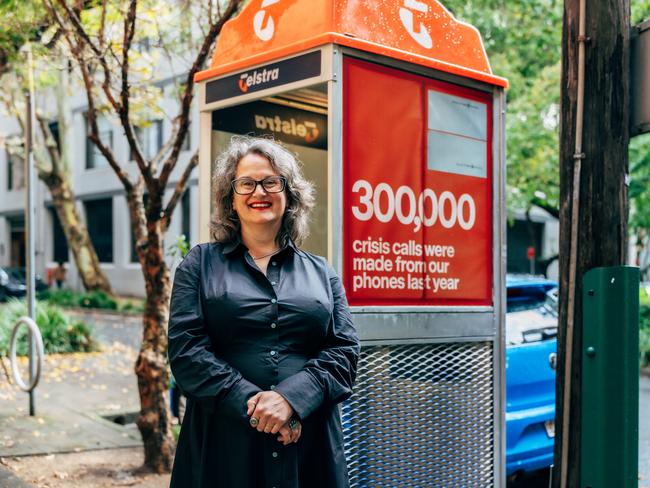
Coincidentally, Dr Parry Duncan has a close personal connection with one of the three phones being put forward for heritage status.
In the regional town of Narooma on the New South Wales South Coast, she and hundreds of others relied on a Telstra box to call for help, co-ordinate rescues, and let their loved ones know they were safe during the Black Summer bushfires in 2019-20.
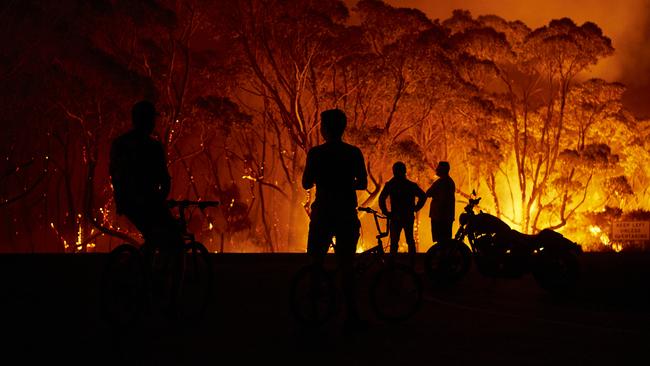

She and her husband had travelled southeast from their home in the Blue Mountains to escape choking smoke from the north and west.
Their refuge became anything but as flames encircled the town.
Power was lost and mobile reception failed as towers were razed, leaving those trapped without a connection to the outside world – until someone realised their was a Telstra public phone up the road.
“It was a really terrifying time,” Dr Parry Duncan recalled.
“The phone became this crucial hub where people could call out and make plans for their own safety and evacuation, to check on their homes, to do whatever they needed to look after themselves.
“The queue for the phone became a social connection point as well. People would share news while standing there. It was quite an important cultural moment.”

During the fire and in the aftermath, while the community came to terms with the loss, almost 1000 calls were made.
That phone is set to be included in Telstra’s upgrade of 1000 public phones in disaster-prone areas, including free Wi-Fi and extended battery backup.
The third phone being put forward is in Doomadgee, a remote Indigenous community in Queensland’s Far North that’s some 1000 kilometres from the nearest major centre.
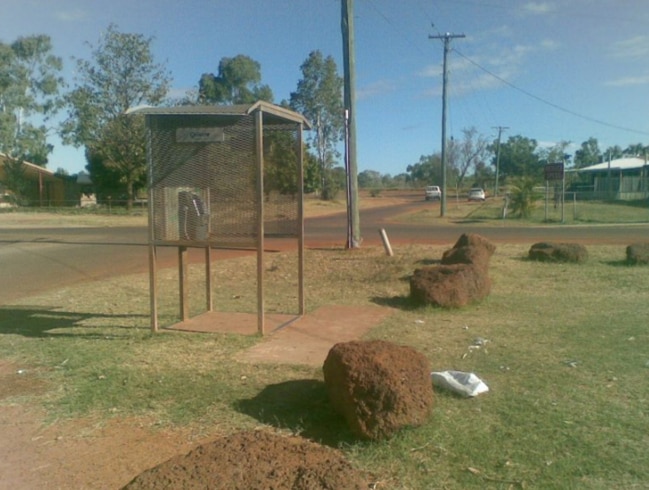
It’s one of the only links from the settlement, with 1400 calls made in the past year – or roughly one for every local.
The recent addition of Wi-Fi has also proved crucial.
Given the harsh conditions, the public phone has been built to withstand the elements, including storms and extreme heat of up to 60C.
Over the past few decades, many world cities have drastically reduced or entirely removed public pay phone outlets.
In Australia, the opposite has occurred, with the humble offering evolving and modernising, becoming an essential resource.
“To some, these familiar fixtures might seem like relics of the past, but for millions of Aussies, they remain a vital connection point,” Telstra’s chief customer advocate Teresa Corbin said.
“Public phones continue to play a crucial role in helping people call for help in emergencies, stay connected through natural disasters, or simply reach out when a mobile phone isn’t available for use, such as losing battery.”
Telstra maintains more than 14,400 public phones nationally, from which 25 million calls were made in 2024.
Last month alone, 190 terabytes of data was used via public phone Wi-Fi – the equivalent of downloading 35 million song.
Originally published as Tragic truth hidden inside this seemingly ordinary public phone in Melbourne’s inner-city




